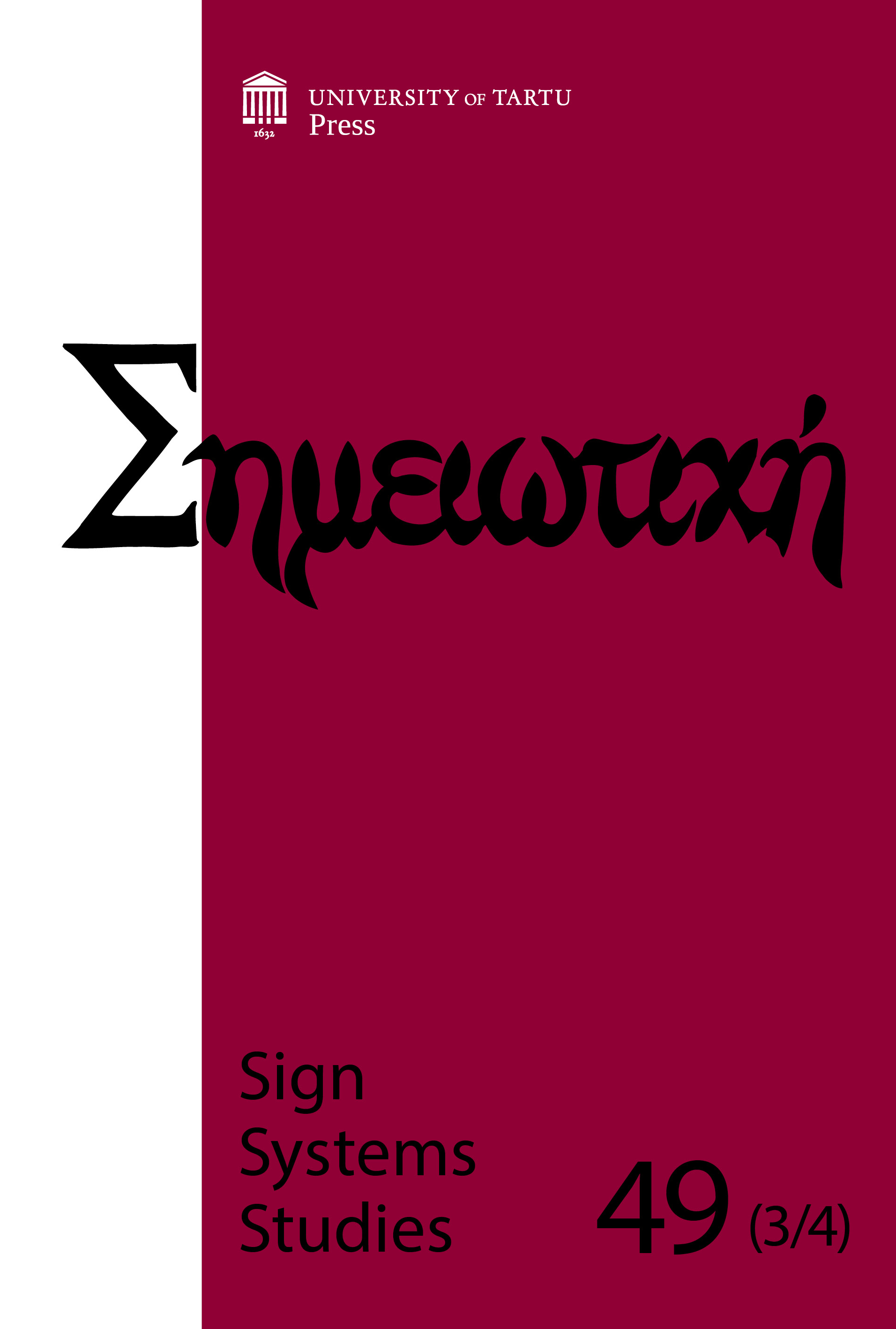Marlen Haushofer’s The Wall and the post-nuclear culture of the face
DOI:
https://doi.org/10.12697/SSS.2021.49.3-4.07Keywords:
face, landscape, boundary, exotopy, hyperobject, melancholy, troubleAbstract
The intertwining of landscape and face belongs to human spatial epistemology: as suggested by Matteo Meschiari, primitive humans used to orientate themselves in landscape through recognition of facial patterns. By reflecting upon Marlen Haushofer’s novel The Wall (Die Wand), the article aims to question the semantic of the “face of the landscape” in the wake of an imagined nuclear apocalypse that leaves behind a cat, a cow, a dog, a woman and a wall. The wall transcends the boundaries between human and other-than-human: in terms of Roberto Marchesini, it creates a somato-landscape – a hybridization of inner and outer landscapes typical of post-human awareness. Finally, such a landscape culminates in the dismissal of the pre-apocalyptic culture of the face: faces no longer function as a means of recognition.


